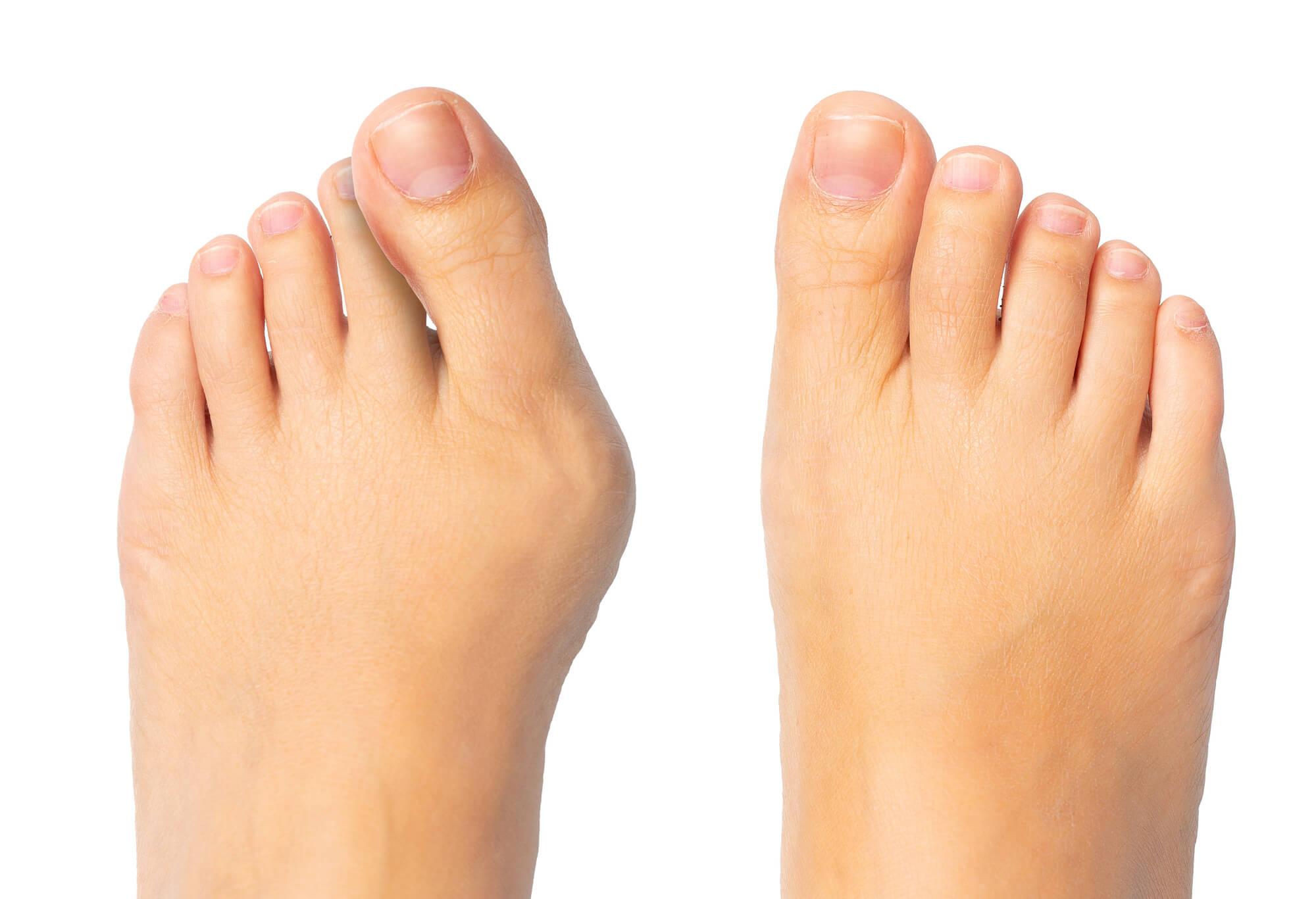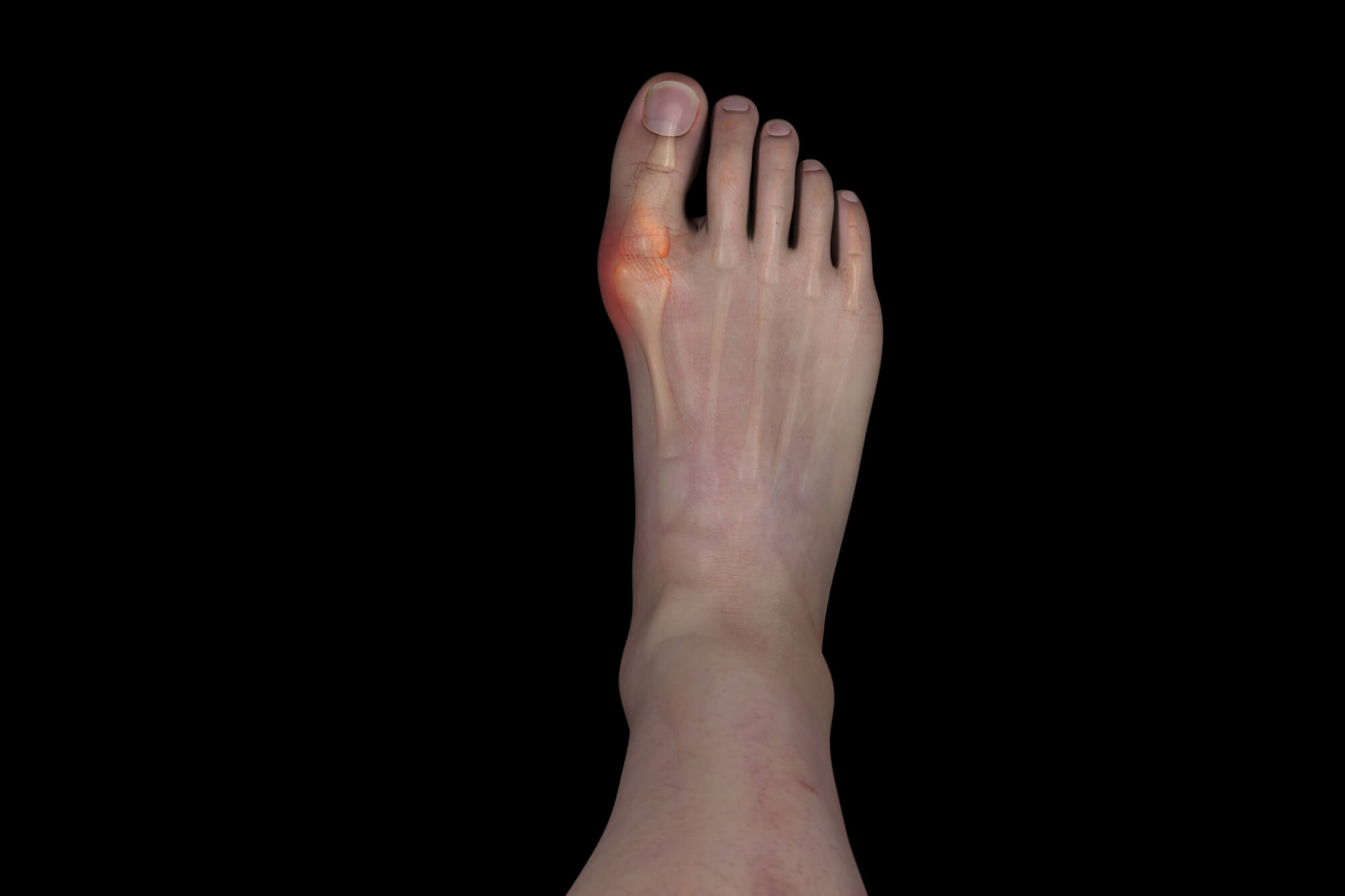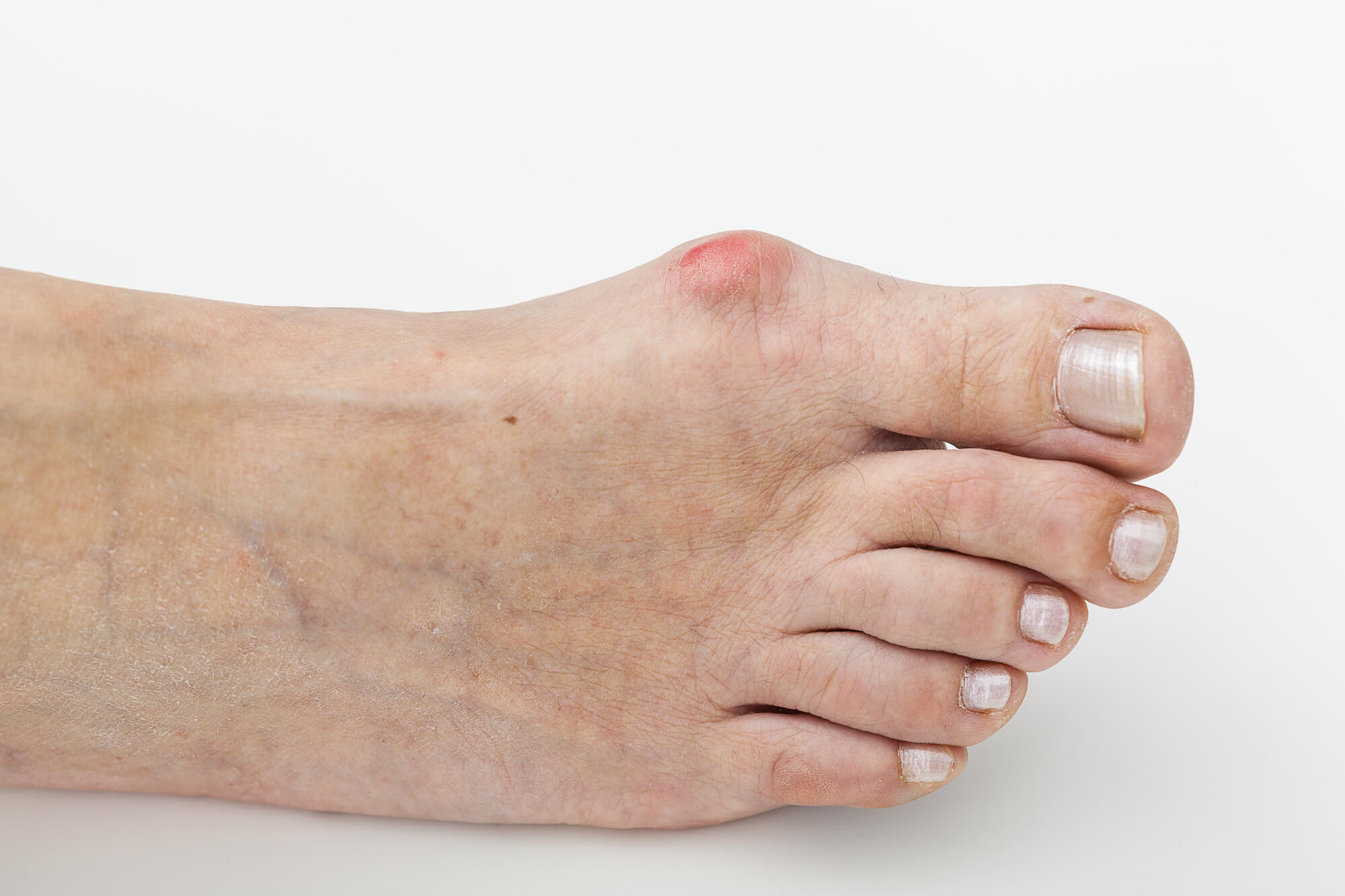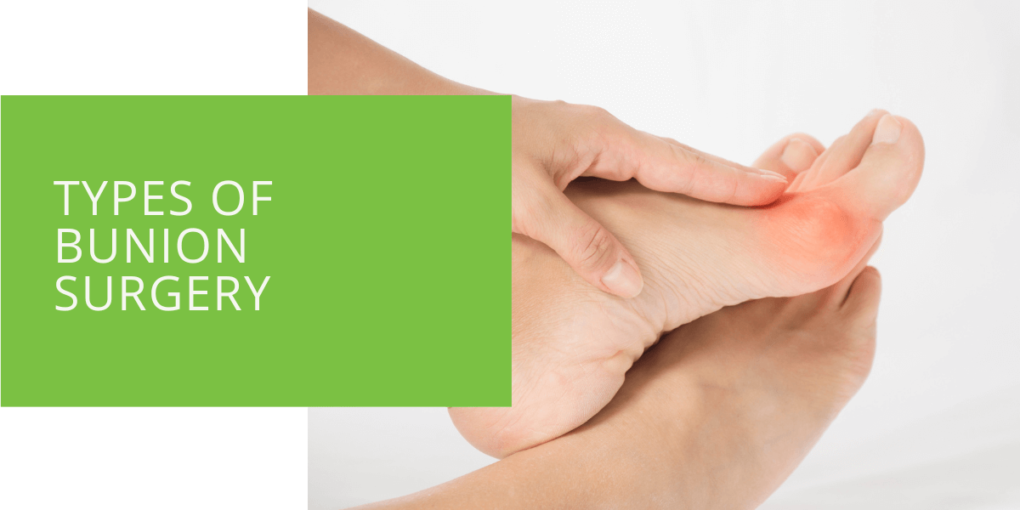Types of Bunion Surgery
Bunions are a common foot deformity that can cause pain and difficulty walking. They occur when the big toe joint becomes misaligned, causing the bone to stick out and the toe to point inward. This can lead to a bump on the foot's side, known as a bunion.
Several types of bunion surgery can be used to correct this deformity and alleviate pain. It is important to understand the different options and consult with a podiatrist to determine the best treatment for your individual needs.
What is a Bunion?
Definition and Cause
A bunion is a deformity at the base of the big toe, where the toe joint is located. It is caused by a misalignment of the bone, which leads to the big toe pointing inward towards the other toes. This misalignment can also cause a bump on the foot's side.
Bunions are often hereditary and can be caused by wearing tight or poorly fitting shoes. They can also result from certain medical conditions, such as arthritis.
Symptoms
Bunions can cause a variety of symptoms, including:
- Pain when walking or standing
- Swelling and redness around the big toe joint
- Difficulty finding shoes that fit comfortably
- A visible bump on the side of the foot
- Difficulty moving the big toe

Non-Surgical Treatment Options
Several non-surgical treatment options can be used to manage the pain and discomfort caused by bunions. These include:
- Shoe modifications: Wearing shoes with a wide toe box and avoiding high heels can help reduce pressure on the bunion and alleviate pain.
- Orthotic inserts: Custom orthotic inserts, which can be made by a podiatrist, can help correct the alignment of the foot and reduce pressure on the bunion.
- Pain medication: Over-the-counter pain medication, such as acetaminophen or ibuprofen, can help reduce inflammation and alleviate pain.
- Physical therapy: Stretching and strengthening exercises and massaging the foot can help improve mobility and reduce pain.
Surgical Treatment Options
In cases where non-surgical treatments are not sufficient to alleviate pain and correct the deformity, surgery may be recommended. Several types of bunion surgery can be performed, including bunionectomy, osteotomy, and arthrodesis.
Bunionectomy
A bunionectomy is a surgical procedure that involves removing the bunion and realigning the bone. There are several types of bunionectomy, including:
- Excision bunionectomy: This surgery involves removing the bunion and part of the bone. It is often used for small bunions or those that are not severe.
- Osteotomy: This type of surgery involves cutting and realigning the bone to correct the deformity. It is often used for more severe bunions or those not responding to other treatments.
Procedure and Recovery
Bunionectomies are typically performed using general anesthesia and involve making an incision in the foot to access the bunion. The bunion and any excess bone are then removed, and the bone is realigned. The incision is closed with stitches, and a dressing is applied.
Recovery time after a bunionectomy varies depending on the type of surgery and the individual's activity levels. Most people can return to normal activities within a few weeks after surgery, although it may take several months for the foot to heal fully.

Osteotomy
An osteotomy is a surgical procedure that involves cutting and realigning the bone to correct a deformity. There are several types of osteotomy, including:
- Chevron osteotomy: This type of surgery involves making a V-shaped cut in the bone to correct the deformity.
- Scarf osteotomy: This type of surgery involves making a diagonal cut in the bone to correct the deformity.
- Opening wedge osteotomy: This type of surgery involves making a wedge-shaped cut in the bone to correct the deformity.
Procedure and Recovery
Osteotomies are typically performed using general anesthesia and involve making an incision in the foot to access the bone. The bone is then cut and realigned, the incision is closed with stitches, and a dressing is applied.
Recovery time after an osteotomy varies depending on the type of surgery and the individual's activity levels. Most people can return to normal activities within a few weeks after surgery, although it may take several months for the foot to heal fully.
Arthrodesis
Arthrodesis is a surgical procedure that involves fusing the joint to correct a deformity. It is often used for severe bunions or those not responding to other treatments.
Procedure and Recovery
Arthrodesis is typically performed using general anesthesia and involves making an incision in the foot to access the joint. The joint is fused, the incision is closed with stitches, and a dressing is applied.
Recovery time after arthrodesis varies depending on the individual's activity levels. Most people can return to normal activities within a few weeks after surgery, although it may take several months for the foot to heal fully.

Which Type of Bunion Surgery is Right for Me?
There are several factors to consider when deciding which type of bunion surgery is right for you. These include:
- Severity of the bunion: The type of surgery most appropriate for you will depend on the severity of your bunion. Small or mild bunions may be treated with a bunionectomy or osteotomy, while more severe bunions may require arthrodesis.
- Age and overall health: Your age and overall health can also play a role in determining the most appropriate type of surgery. Older individuals or those with certain medical conditions may be more suited to certain types of surgery.
- Lifestyle and activity levels: Your lifestyle and activity levels can also determine which type of surgery is right for you. Those who are more active may require surgery that allows for a quicker recovery time.
Consulting with a Podiatric Surgeon
It is important to consult with a podiatric surgeon to determine the best course of treatment for your individual needs. The surgeon will consider the severity of your bunion, age and overall health, and lifestyle and activity levels to determine the most appropriate type of surgery.
Conclusion
Bunions can be painful and cause difficulty with walking. Several types of bunion surgery can be used to correct the deformity and alleviate pain. It is important to understand the different options and consult with a podiatrist to determine the best treatment for your individual needs.
FAQ
What type of bunion surgery is best?
The best type of bunion surgery for you will depend on your bunion's severity, age and overall health, and lifestyle and activity levels. It is important to consult with a podiatric surgeon to determine the most appropriate type of surgery for your individual needs.
What is the most advanced surgery for bunions?
Osteotomy is often considered the most advanced surgery for bunions, as it involves cutting and realigning the bone to correct the deformity. There are several types of osteotomy, including chevron, scarf, and opening wedge, which may be more or less suitable for certain individuals based on the severity of the bunion and other factors.
What is the most successful bunion surgery?
The success of bunion surgery depends on various factors, including the severity of the bunion, the type of surgery performed, and the individual's post-surgery care. In general, bunionectomies and osteotomies have high success rates, with the majority of patients experiencing significant pain relief and improved mobility.
What is the most severe bunion surgery?
Arthrodesis is often considered the most severe bunion surgery, as it involves fusing the joint to correct the deformity. This procedure is often reserved for more severe bunions or those not responding to other treatments. Recovery time after arthrodesis is typically longer than other types of bunion surgery, and the procedure may not be suitable for all individuals.

